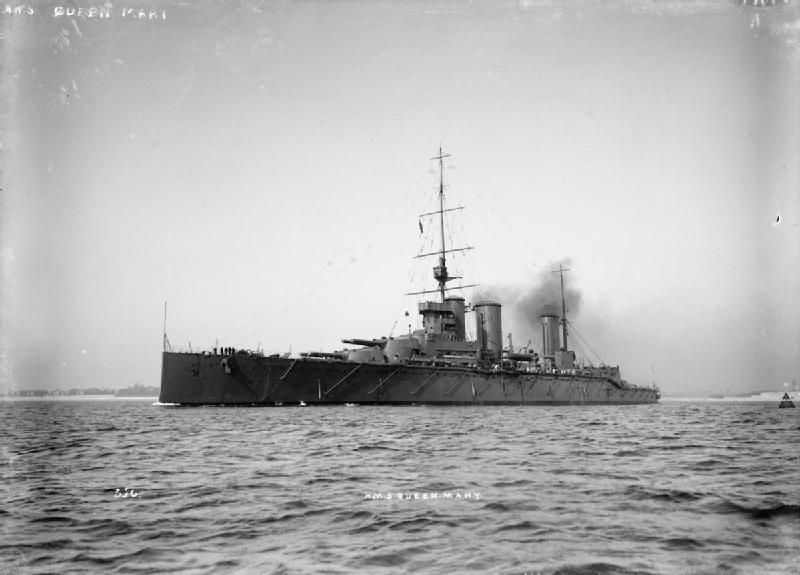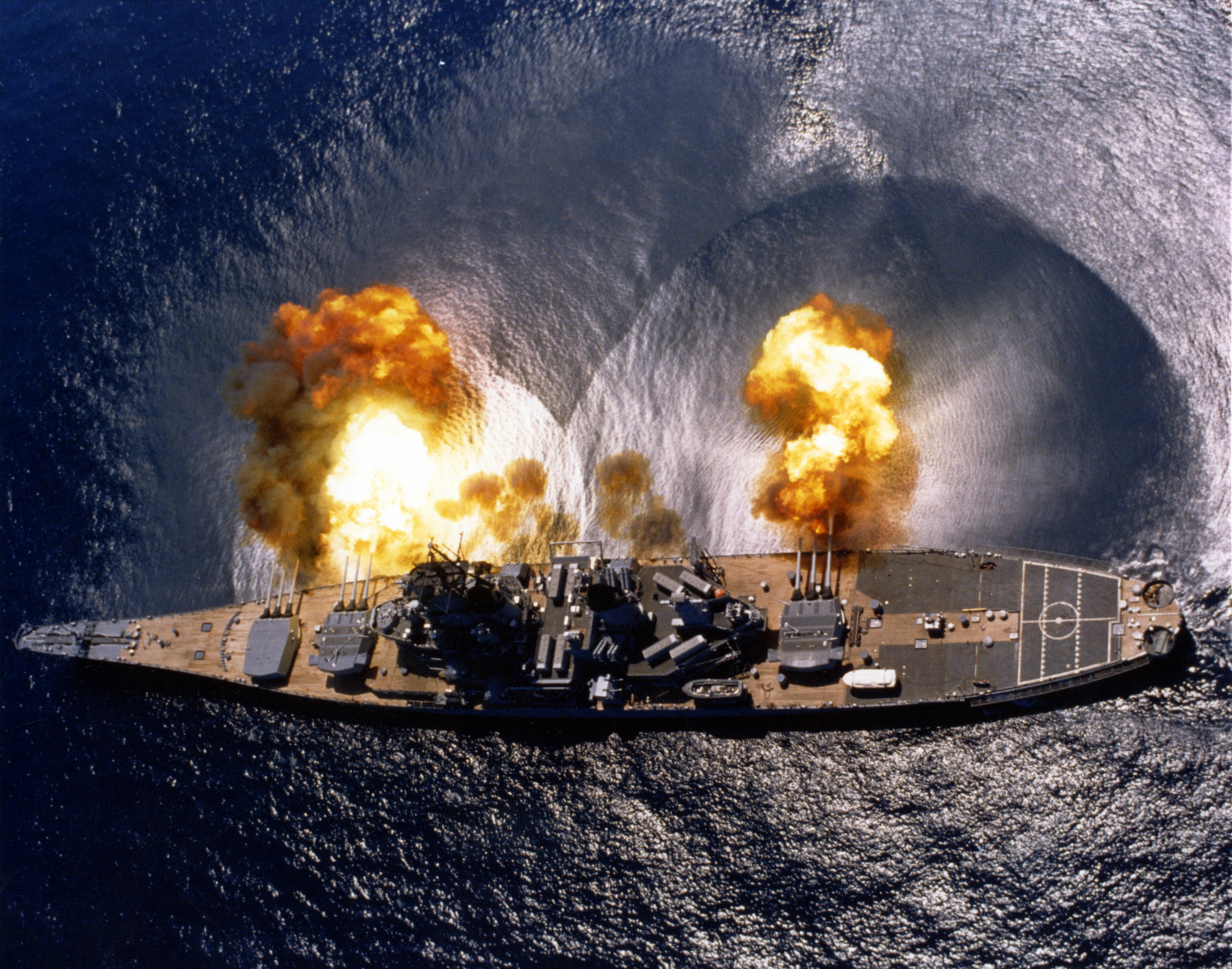|
Soemu Toyoda
was an admiral in the Imperial Japanese Navy in World War II. Biography Early career Toyoda was born in what is now part Kitsuki city, Ōita Prefecture. He graduated from the 33rd class of the Imperial Japanese Navy Academy in 1905, ranked 26th out of 176 cadets. He served his midshipman duty aboard the cruisers and , and after being commissioned as an ensign on 20 December 1906, he was assigned to the destroyer . He was promoted to sub-lieutenant on 25 September 1908. Toyoda returned to school, becoming a torpedo and naval artillery expert. As a lieutenant from 1 December 1911, he served on the battlecruiser . He graduated from the Naval War College (Japan) with honors in 1915, and was promoted to lieutenant commander on 1 April 1917. From 1917 to 1919, he was '' aide-de-camp'' to Admiral Motaro Yoshimatsu ( :ja:吉松茂太郎). From 1919 to 1922, he was sent as naval attaché to the United Kingdom, during which time he was promoted to commander on 1 December 1 ... [...More Info...] [...Related Items...] OR: [Wikipedia] [Google] [Baidu] |
Imperial Japanese Navy General Staff
The was the highest organ within the Imperial Japanese Navy (IJN). In charge of planning and operations, it was headed by an Admiral headquartered in Tokyo. History Created in 1893, the Navy General Staff took over operational (as opposed to administrative) authority over the Imperial Japanese Navy from the Navy Ministry. It was responsible for the planning and execution of national defense strategy. Through the Imperial General Headquarters it reported directly to the Emperor, not to the Prime Minister, National Diet or even the Navy Ministry. It was always headed by an admiral on active duty, and was based in Tokyo. "The ministry was responsible for the naval budget, ship construction, weapons procurement, personnel, relations with the Diet and the cabinet and broad matters of naval policy. The General Staff directed the operations of the fleet and the preparation of war plans".Spector After the Washington Naval Conference of 1921–22, where Japan agreed to keep the siz ... [...More Info...] [...Related Items...] OR: [Wikipedia] [Google] [Baidu] |
Imperial Japanese Navy
The Imperial Japanese Navy (IJN; Kyūjitai: Shinjitai: ' 'Navy of the Greater Japanese Empire', or ''Nippon Kaigun'', 'Japanese Navy') was the navy of the Empire of Japan from 1868 to 1945, Potsdam Declaration, when it was dissolved following surrender of Japan, Japan's surrender in World War II. The Japan Maritime Self-Defense Force (JMSDF) was formed between 1952 and 1954 after the dissolution of the IJN. The IJN was the third largest navy in the world by 1920, behind the Royal Navy and the United States Navy (USN). It was supported by the Imperial Japanese Navy Air Service for reconnaissance and airstrike operations from the fleet. It was the primary opponent of the Allies of World War II, Western Allies in the Pacific War. The IJN additionally fielded Imperial Japanese Navy land forces, limited land-based forces, including Special Naval Landing Forces, professional marines, Japanese marine paratroopers of World War II, marine paratrooper units, anti-aircraft defense units ... [...More Info...] [...Related Items...] OR: [Wikipedia] [Google] [Baidu] |
Naval War College (Japan)
The , Short form: 海大 Kaidai) was the staff college of the Imperial Japanese Navy, responsible for training officers for command positions either on warships, or in staff roles. In the 1880s, the Imperial Japanese Navy realized the need for post-graduate study by officer graduates of the Imperial Japanese Naval Academy. Naval Minister Saigō Tsugumichi authorized the formation of the Naval War College on 14 July 1888 in Tsukiji, Tokyo, and the College accepted its first class from 28 August 1888. The same year the Imperial Japanese Naval Academy moved from Tsukiji to Etajima in Hiroshima Prefecture. The Navy turned to the United Kingdom for assistance in modernizing and Westernizing, and the Royal Navy provided military advisors to assist in the development of the curriculum. The first director of the Naval War College was Inoue Kaoru and one of the foremost of the early foreign advisors was Captain John Ingles, who lectured at the college from 1887 to 1893. Ingles not ... [...More Info...] [...Related Items...] OR: [Wikipedia] [Google] [Baidu] |
Battlecruiser
The battlecruiser (also written as battle cruiser or battle-cruiser) was a type of capital ship of the first half of the 20th century. These were similar in displacement, armament and cost to battleships, but differed in form and balance of attributes. Battlecruisers typically had thinner armour (to a varying degree) and a somewhat lighter main gun battery than contemporary battleships, installed on a longer hull with much higher engine power in order to attain greater speeds. The first battlecruisers were designed in the United Kingdom as a successor to the armoured cruiser, at the same time as that the dreadnought succeeded the pre-dreadnought battleship. The goal of the battlecruiser concept was to outrun any ship with similar armament, and chase down any ship with lesser armament; they were intended to hunt down slower, older armoured cruisers and destroy them with heavy gunfire while avoiding combat with the more powerful but slower battleships. However, as more and more ... [...More Info...] [...Related Items...] OR: [Wikipedia] [Google] [Baidu] |
Lieutenant
A lieutenant ( , ; abbreviated Lt., Lt, LT, Lieut and similar) is a Junior officer, junior commissioned officer rank in the armed forces of many nations, as well as fire services, emergency medical services, Security agency, security services and police forces. The rank in armies and air forces is often subdivided into subcategories of seniority. In Comparative navy officer ranks of Anglophone countries, English-speaking navies, lieutenants are often equivalent to the army rank of Captain (armed forces), captain; in other navies, the lieutenants are usually equal to their army counterparts. ''Lieutenant'' may also appear as part of a title used in various other organisations with a codified command structure. It often designates someone who is "second-in-command", and as such, may precede the name of the rank directly above it. For example, a "lieutenant master" is likely to be second-in-command to the "master" in an organisation using both ranks. Political uses include lieu ... [...More Info...] [...Related Items...] OR: [Wikipedia] [Google] [Baidu] |
Naval Artillery
Naval artillery is artillery mounted on a warship, originally used only for naval warfare and then subsequently used for more specialized roles in surface warfare such as naval gunfire support (NGFS) and anti-aircraft warfare (AAW) engagements. The term generally refers to powder-launched projectile-firing weapons and excludes self-propelled projectiles such as torpedoes, rockets, and missiles and those simply dropped overboard such as depth charges and naval mines. Origins The idea of ship-borne artillery dates back to the classical era. Julius Caesar wrote about the Roman navy's usage of ship-borne catapults against Celtic Britons ashore in his ''Commentarii de Bello Gallico''. The dromons of the Byzantine Empire carried catapults and Greek fire. From the Middle Ages onwards, warships began to carry cannons of various calibres. In the Battle of Tangdao in 1161, the Southern Song general Li Bao used huopao (a type of gunpowder weapons, possibly cannons) and fire arro ... [...More Info...] [...Related Items...] OR: [Wikipedia] [Google] [Baidu] |
Torpedo
A modern torpedo is an underwater ranged weapon launched above or below the water surface, self-propelled towards a target, with an explosive warhead designed to detonate either on contact with or in proximity to the target. Historically, such a device was called an automotive, automobile, locomotive, or fish torpedo; colloquially, a ''fish''. The term ''torpedo'' originally applied to a variety of devices, most of which would today be called mines. From about 1900, ''torpedo'' has been used strictly to designate a self-propelled underwater explosive device. While the 19th-century battleship had evolved primarily with a view to engagements between armored warships with large-caliber guns, the invention and refinement of torpedoes from the 1860s onwards allowed small torpedo boats and other lighter surface vessels, submarines/submersibles, even improvised fishing boats or frogmen, and later light aircraft, to destroy large ships without the need of large guns, though somet ... [...More Info...] [...Related Items...] OR: [Wikipedia] [Google] [Baidu] |
Destroyer
In naval terminology, a destroyer is a fast, maneuverable, long-endurance warship intended to escort larger vessels in a fleet, convoy, or carrier battle group and defend them against a wide range of general threats. They were conceived in 1885 by Fernando Villaamil for the Spanish NavySmith, Charles Edgar: ''A short history of naval and marine engineering.'' Babcock & Wilcox, ltd. at the University Press, 1937, page 263 as a defense against torpedo boats, and by the time of the Russo-Japanese War in 1904, these "torpedo boat destroyers" (TBDs) were "large, swift, and powerfully armed torpedo boats designed to destroy other torpedo boats". Although the term "destroyer" had been used interchangeably with "TBD" and "torpedo boat destroyer" by navies since 1892, the term "torpedo boat destroyer" had been generally shortened to simply "destroyer" by nearly all navies by the First World War. Before World War II, destroyers were light vessels with little endurance for unatte ... [...More Info...] [...Related Items...] OR: [Wikipedia] [Google] [Baidu] |
Ensign (rank)
Ensign (; Middle English#Late Middle English, Late Middle English, from Old French ["mark", "symbol", "signal"; "flag", "standard", "pennant"], from Latin [plural]) is a junior rank of a Officer (armed forces)#Commissioned officers, commissioned officer in the armed forces of some countries, normally in the infantry or navy. As the junior officer in an infantry regiment was traditionally the carrier of the Military colours, standards and guidons, regimental colors, the rank acquired the name "ensign". This rank has generally been replaced in army ranks by second lieutenant. An ensign was generally the lowest-ranking commissioned officer, except where the rank of Subaltern (military), subaltern existed. In contrast, the Arab rank of ensign, لواء, ''liwa (Arabic), liwa''', derives from the command of a unit with an ensign, not from the carrier of the unit's ensign, and is today the equivalent of major general. According to Thomas Venn's 1672 ''Military and Maritime Disci ... [...More Info...] [...Related Items...] OR: [Wikipedia] [Google] [Baidu] |
Cruiser
A cruiser is a type of warship. Modern cruisers are generally the largest ships in a fleet after aircraft carriers and amphibious assault ships, and can usually perform several operational roles from search-and-destroy to ocean escort to sea denial. The term "cruiser", which has been in use for several hundred years, has changed its meaning over time. During the Age of Sail, the term ''cruising'' referred to certain kinds of missions—independent scouting, commerce protection, or raiding—usually fulfilled by frigates or sloop-of-war, sloops-of-war, which functioned as the ''cruising warships'' of a fleet. In the middle of the 19th century, ''cruiser'' came to be a classification of the ships intended for cruising distant waters, for commerce raiding, and for scouting for the battle fleet. Cruisers came in a wide variety of sizes, from the medium-sized protected cruiser to large armored cruisers that were nearly as big (although not as powerful or as well-armored) as a pre- ... [...More Info...] [...Related Items...] OR: [Wikipedia] [Google] [Baidu] |





